Minimalism is the latest modern lifestyle buzzword. It is an optimal and enriching lifestyle choice that adds meaning and satisfaction to one’s life.
In the words of Frank Lloyd Wright, the great American architect, “As we live and as we are, Simplicity – with a capital “S” – is difficult to comprehend nowadays. We are no longer truly simple. We no longer live-in simple terms or places. Life is a more complex struggle now. It is now valiant to be simple: a courageous thing to even want to be simple. It is a spiritual thing to comprehend what simplicity means.”
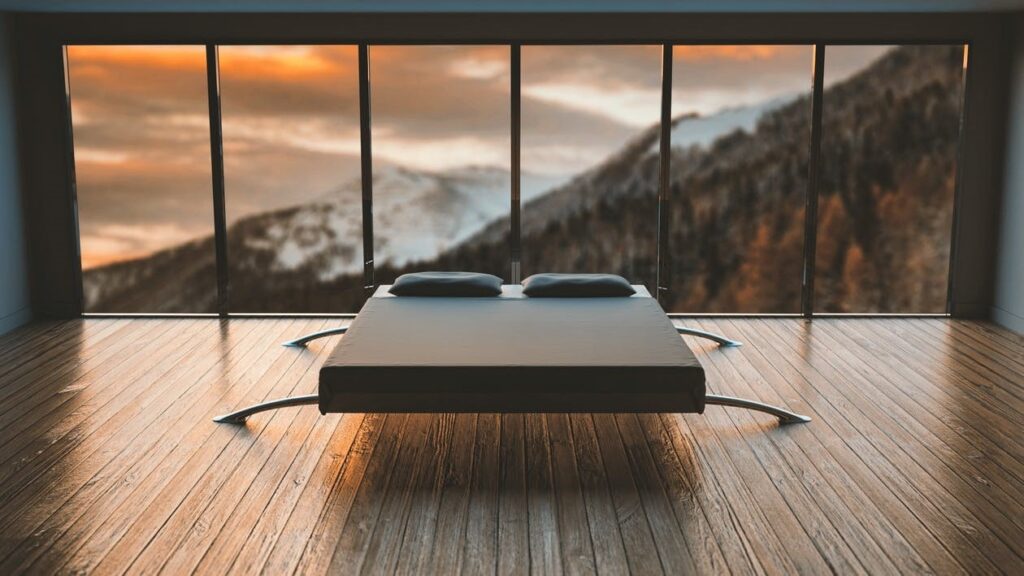
Image – freemockups.org/ Pexels
So, what exactly is minimalism?
- It entails a focus on decluttering and simplifying our lives.
- It means living with fewer resources and avoiding the unnecessary.
- It is about leading a simpler, yet, a meaningful and satisfying life.
- It does not mean buying cheaper items or leading frugal lives. On the contrary, a minimalistic approach means buying things that can add value and purpose to your life, rather than sacrificing your desires.
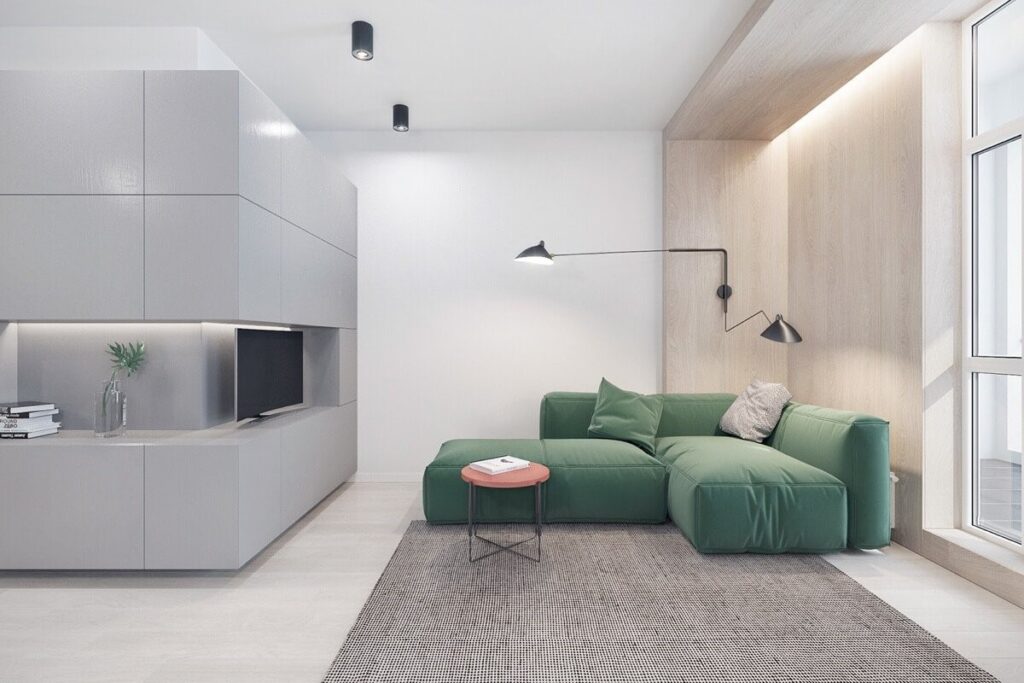
Image – Max Vakhtbovychy/ Pexels
In simpler words, minimalism means making informed choices, being aware and conscious of one’s purchases and prioritizing needs and desires. In the last decade or so, minimalism has gained tremendous popularity and is seen not only as a popular lifestyle choice, but its effects are visible even in architecture and design.
Research has shown there are tremendous advantages in adopting a minimalistic approach to life. Here are a few of the most widely known benefits-
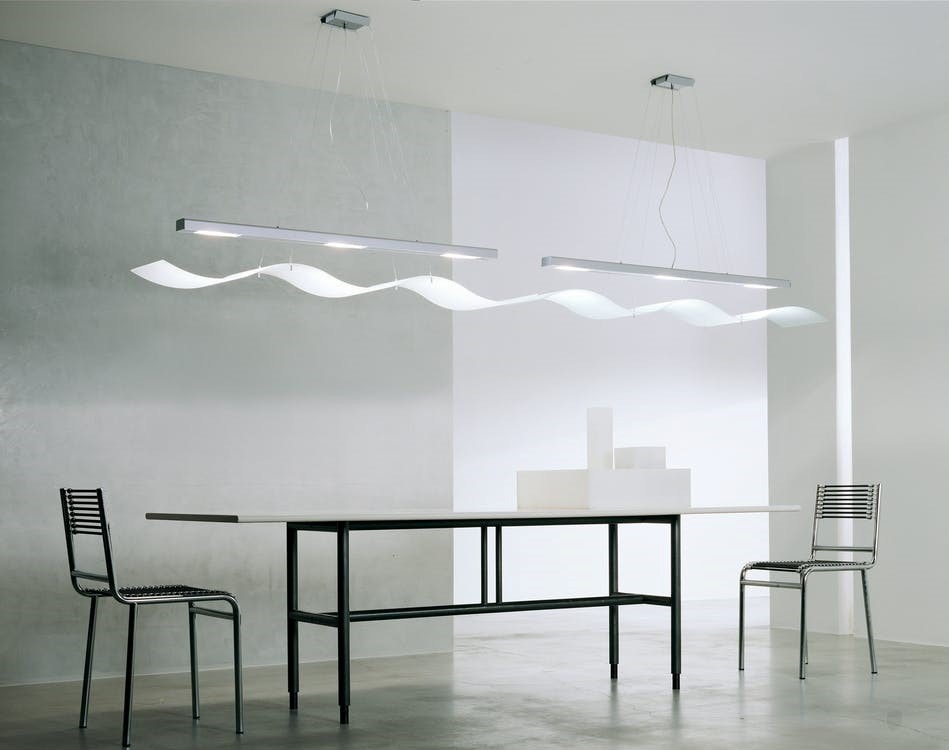
Image – Pixabay
- Increased savings
- Better focus
- Reduced attachment to unimportant objects
- Lesser materialistic desires
- More space and less clutter
- More peace and relaxation
- Helps reduce carbon print
- Is better for the environment
- Less waste disposal
Minimalism as a lifestyle choice is influencing even the way homes are being designed now. Customers are realizing and appreciating the beauty of minimalist designs. Minimalism in design is all about simplicity, beauty and elegance. Minimalism has helped people appreciate the beauty of their homes, declutter and relax.
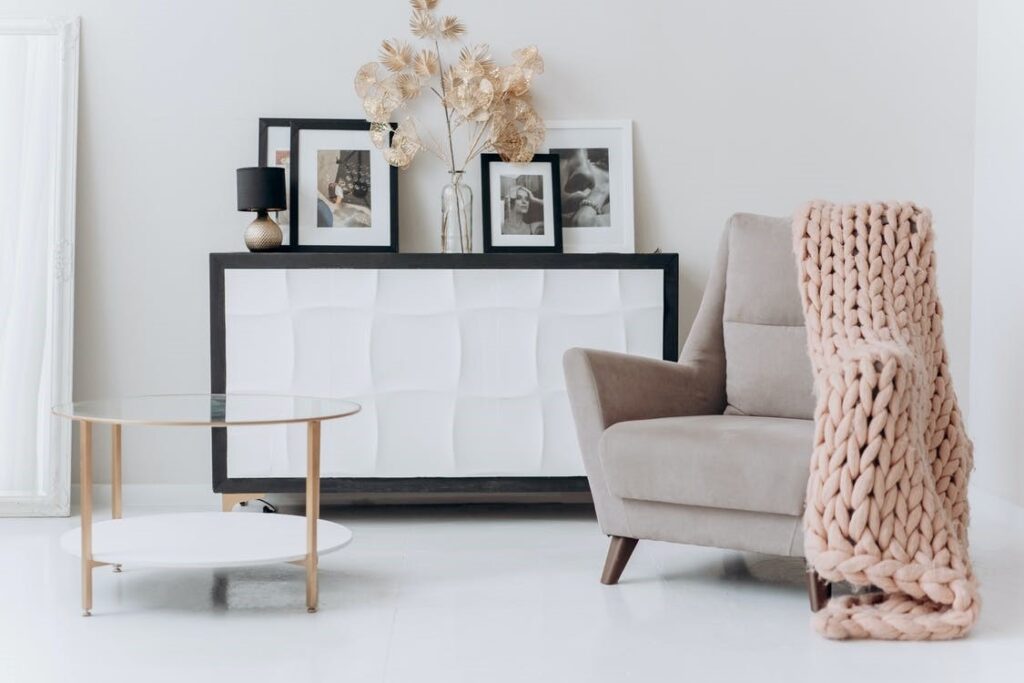
Image – Mikhail Nilov/Pexels
What are the elements of Minimalist Design?
There are a few elements which make this design unique and different from others like modern or Scandinavian.
The key characteristics of minimalist design are bare essentials, clean simple lines and a monochromatic colour palette with the intent to create a simple, soothing and uncluttered space.
There is a limited colour palette for on to work with, and sometimes colours are used as an accent to enhance the appeal by introducing geometric patterns in moderation.
In this kind of approach, there is no place for superfluous ornaments and décor. Craftsmanship remains under the spotlight at all times. Thus, having one bold, attention-grabbing piece of décor, or art can help your room stand out. An open floor plan that is airy and uncluttered leaves one with a lot of breathing room and maximizing the available space. By prioritizing quality over quantity, customers gain to benefit a lot.
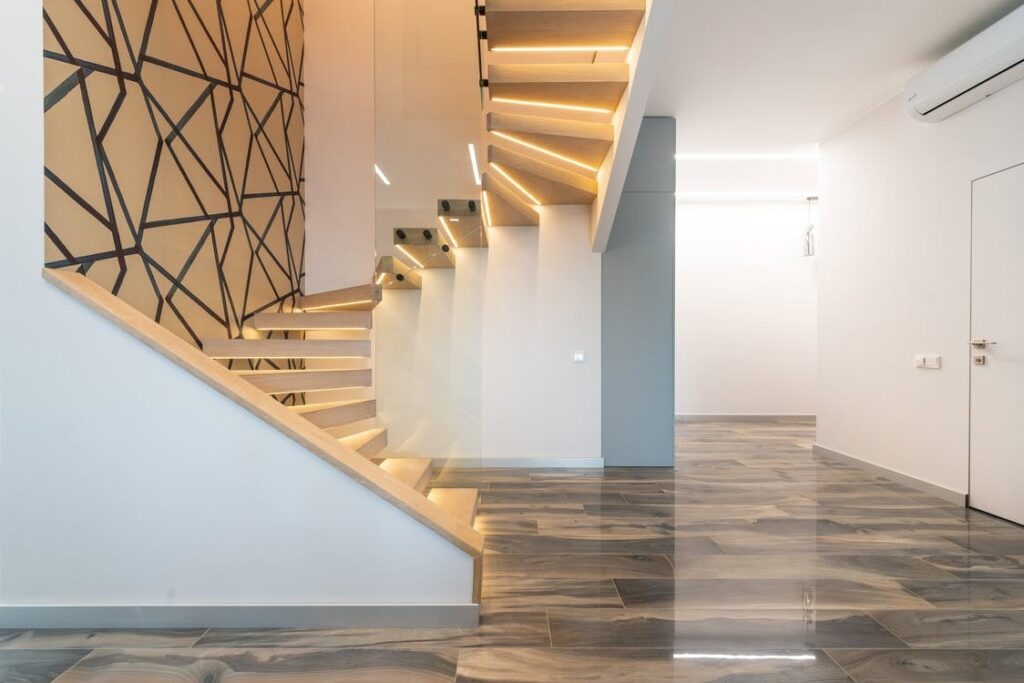
Image – Max Vakhtbovych/Pexels
Simple furnishing that are comfortable and sturdy, and has storage integrated seamlessly with the rest of the interiors are the basics of a minimalist design.
Using natural lighting help designers make minimalist designs extremely functional, soothing and aesthetically appealing.
The main idea behind minimalism in design is to incorporate functionality in every aspect while condensing content and streamlining form at the same time.
Also, ‘less is more,’ remains the guiding thought and golden rule of minimalism. Every item is examined under the lens of place, utility and purpose. It helps one make decisions in the face of unending options available today.
Creating a visual balance is a key element of minimalist design. A visual balance helps in creating patterns either away from the central focal point or around a central line.

Image – Mikhail Nilov/ Pexels
Is Minimalism here for the long run?
Minimalism as a lifestyle approach has added more meaning to the world. It has made people more relaxed, calm and appreciative of the little blessings in their lives. Even in terms of design, this approach has been quite beneficial. The benefits are surely multi-fold.
In the 80s, with global economies stabilizing, people had more money to spend. Thus, there was a lot of materialistic acquisition and display, and the designs tended to reflect the same. The 90s, saw people adopting a minimalist approach, and it reflected even in interior designs. The trends shifted in the early 2000s which saw people moving towards bulky furniture, jam-packed houses hoarded with all latest gadgets and gizmos.
2020, has been a year like no other. The pandemic has taught the world important lessons. The year saw most of the world spending long hours confined in their homes, and it has led to a shift in the way people see their homes, and the need for homes to be a place to unwind and relax. People are learning to appreciate their time, value of money and the joys of decluttering.
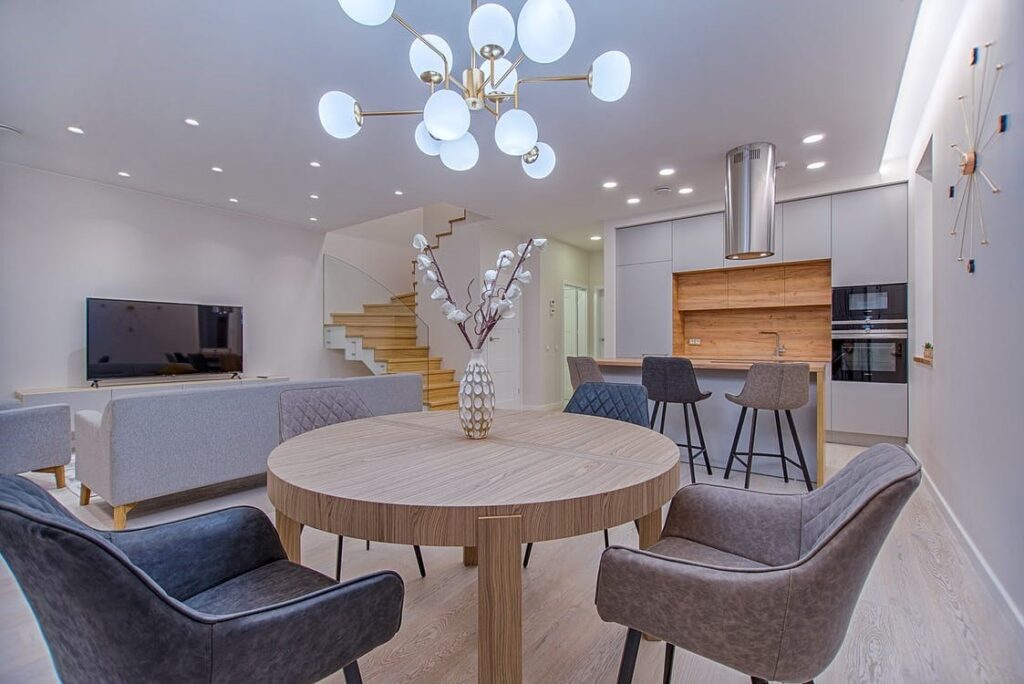
Image – Joey/ Pexels
While minimalist design has become a trend in design since the last few decades, we can’t really predict if it will be the same going forward. But whether it remains popular or not in the future years, one can’t deny its immense benefits on people’s lives, society and environment as a whole. It surely is a symbol of a simpler and less materialistic life.
If you wish to design your home or office in a minimalist fashion, feel free to reach out to us and our team will help in making your dreams come true.
